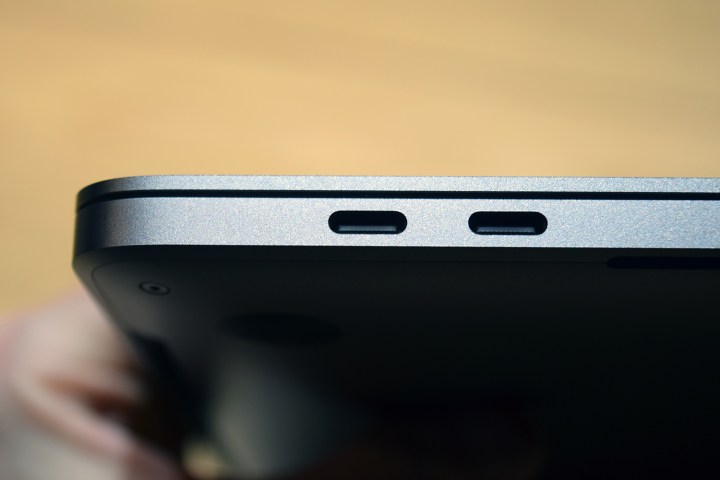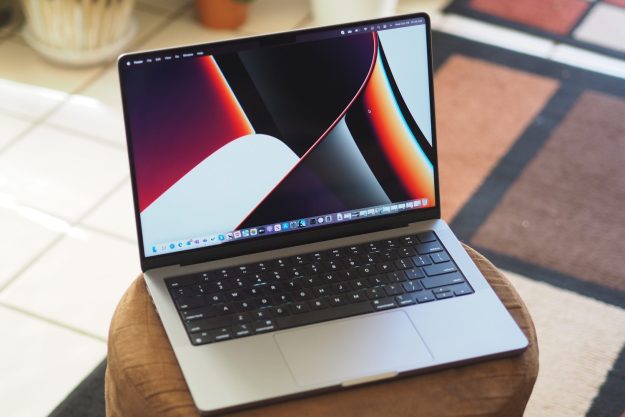
It’s not a surprise, especially given Apple’s embrace of the Thunderbolt platform in the past, but a support document from the company released after the event reveals that “only two of the four ports on the 13” MacBook Pro with a Touch Bar support Thunderbolt 3 at full performance,” MacRumors reported.
On the right side of the notebook, the document explains, the two Thunderbolt 3 (USB-C) ports have reduced PCI Express bandwidth. As a result, Apple recommends plugging your higher-performance devices into the
“Late-2016 MacBook Pro models vary slightly in the data speeds they provide to each Thunderbolt 3 port,” the document reads.
- Macbook Pro (15-inch, Late 2016) delivers full Thunderbolt 3 performance on all four ports.
- MacBook Pro (13-inch, Late 2016, Four Thunderbolt 3 Ports) supports Thunderbolt 3 at full performance using the two left-hand ports. The two right-hand ports deliver Thunderbolt 3 functionality, but have reduced PCI Express bandwidth.
- MacBook Pro (13-inch, Late 2016, Two Thunderbolt 3 Ports) delivers full Thunderbolt 3 performance on both ports.
In addition, the Thunderbolt 3 ports (USB-C) ports on all MacBook Pro models have USB 3.1 Gen 2 (10Gb/s) speeds when they are connected to a USB accessory, according to MacRumors.
Related: This 13″ MacBook Pro teardown reveals product details we didn’t hear from Apple
And while the Thunderbolt 3 is “the port to rule them all,” plugging multiple chargers into the device will result in the MacBook drawing power from one of the chargers. You can also daisy-chain up to six devices to each
Apple also warns that using chargers that exceed 100W have the potential to damage the laptop, and that it would not be as effective to use chargers like the USB-C VGA Multiport Adapter or the USB-C Digital AV Multiport, as slow or delayed charging would result. Unsurprisingly, Apple recommends using its own charger for the MacBook.
Editors' Recommendations
- The case for buying the M2 MacBook Air over the M3 model
- Why gaming on the M3 MacBook Air has left me impressed
- Have the M3 MacBook Pros made the Mac Studio irrelevant?
- Here’s why people are raising concerns about the M3 Pro MacBook Pro
- The MacBook Pro M3 doesn’t have a memory problem — it has a pricing problem


